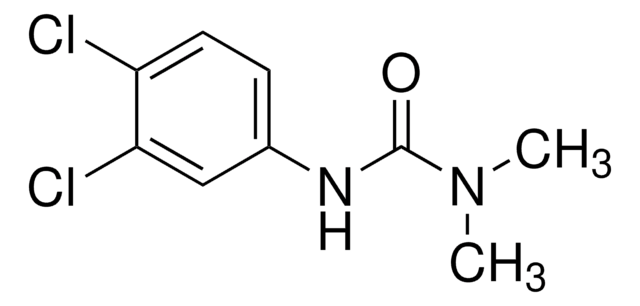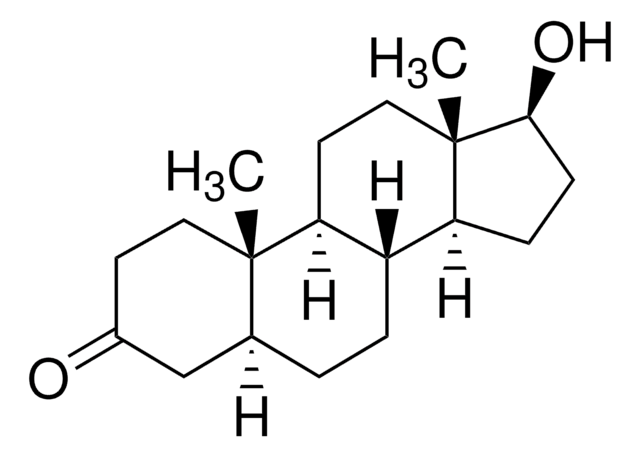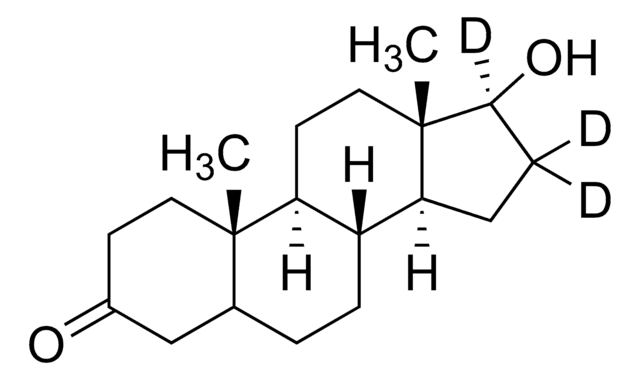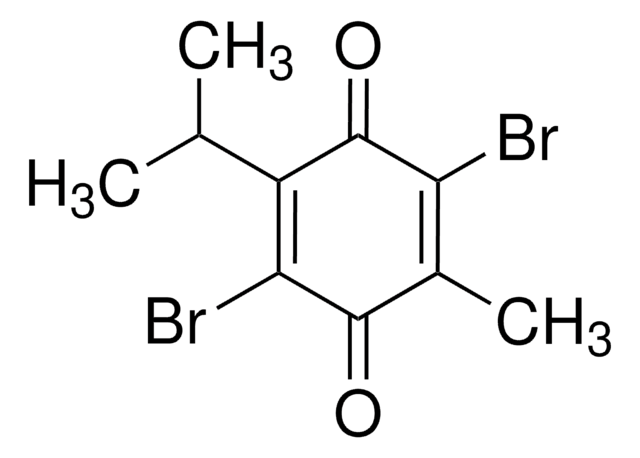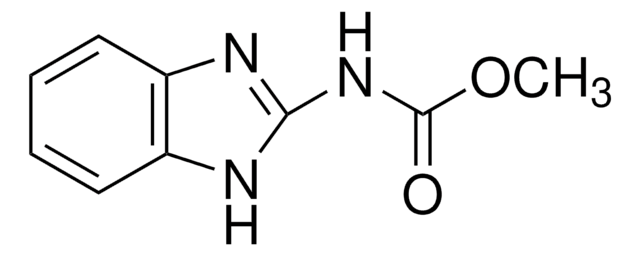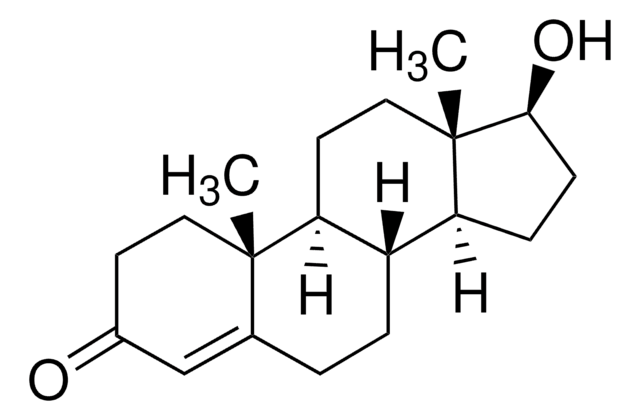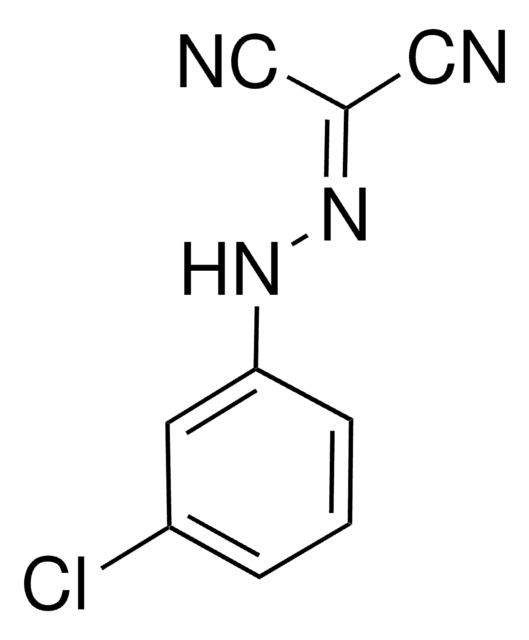D2425
Diuron
≥98%
Synonym(s):
3-(3,4-Dichlorophenyl)-1,1-dimethylurea
About This Item
Recommended Products
Quality Level
Assay
≥98%
form
powder
SMILES string
CN(C)C(=O)Nc1ccc(Cl)c(Cl)c1
InChI
1S/C9H10Cl2N2O/c1-13(2)9(14)12-6-3-4-7(10)8(11)5-6/h3-5H,1-2H3,(H,12,14)
InChI key
XMTQQYYKAHVGBJ-UHFFFAOYSA-N
Gene Information
human ... EPHX2(2053)
mouse ... Ephx2(13850)
Looking for similar products? Visit Product Comparison Guide
Related Categories
Application
- The Fabrication and Property Characterization of a Ho(2)YSbO(7)/Bi(2)MoO(6) Heterojunction Photocatalyst and the Application of the Photodegradation of Diuron under Visible Light Irradiation.: This research investigates a novel photocatalyst′s ability to degrade diuron under visible light, offering insights into sustainable environmental remediation technologies (Hao and Luan, 2024).
Signal Word
Warning
Hazard Statements
Precautionary Statements
Hazard Classifications
Acute Tox. 4 Oral - Aquatic Acute 1 - Aquatic Chronic 1 - Carc. 2 - STOT RE 2 Inhalation
Target Organs
Blood
Storage Class Code
11 - Combustible Solids
WGK
WGK 3
Flash Point(F)
Not applicable
Flash Point(C)
Not applicable
Personal Protective Equipment
Regulatory Information
Choose from one of the most recent versions:
Already Own This Product?
Find documentation for the products that you have recently purchased in the Document Library.
Our team of scientists has experience in all areas of research including Life Science, Material Science, Chemical Synthesis, Chromatography, Analytical and many others.
Contact Technical Service